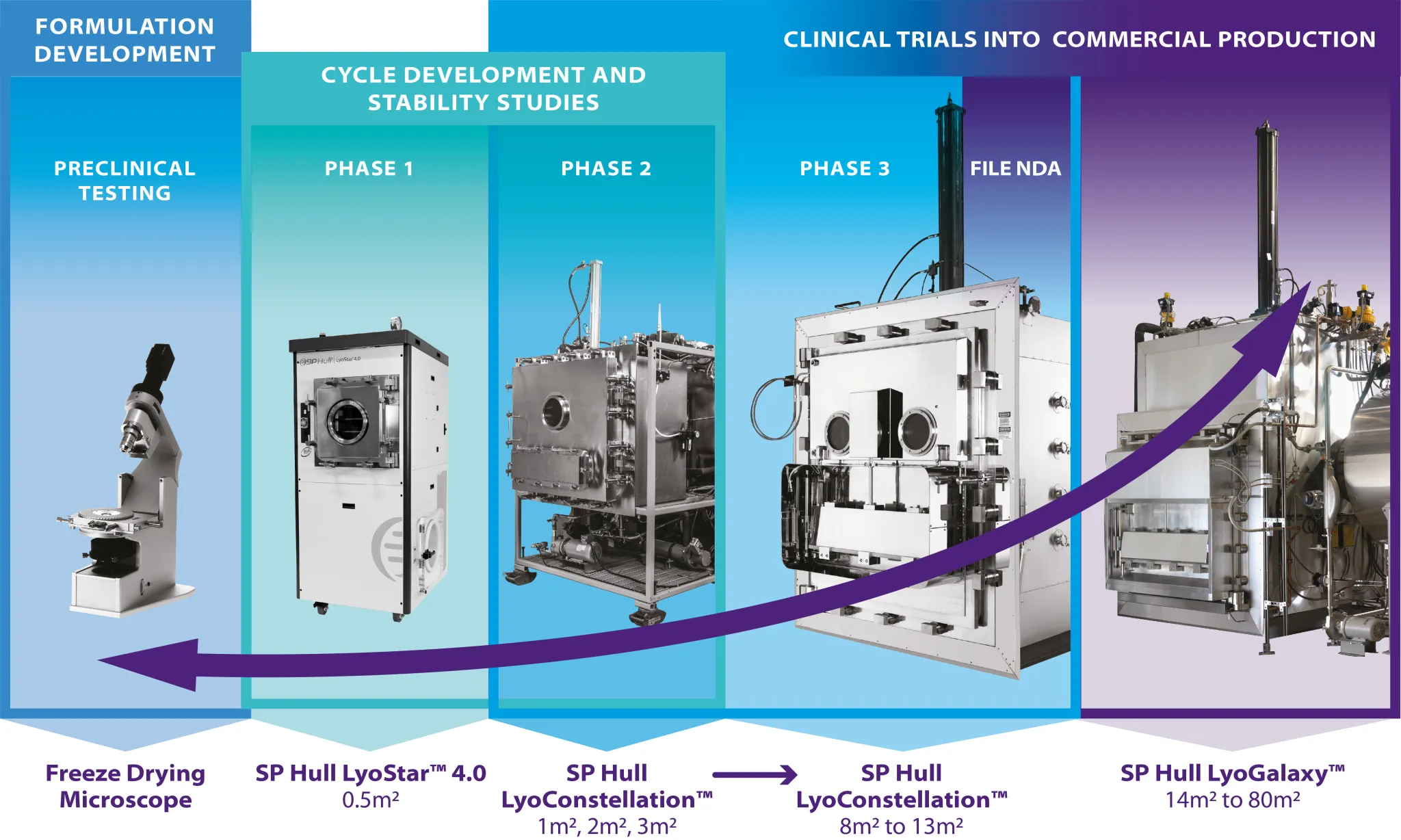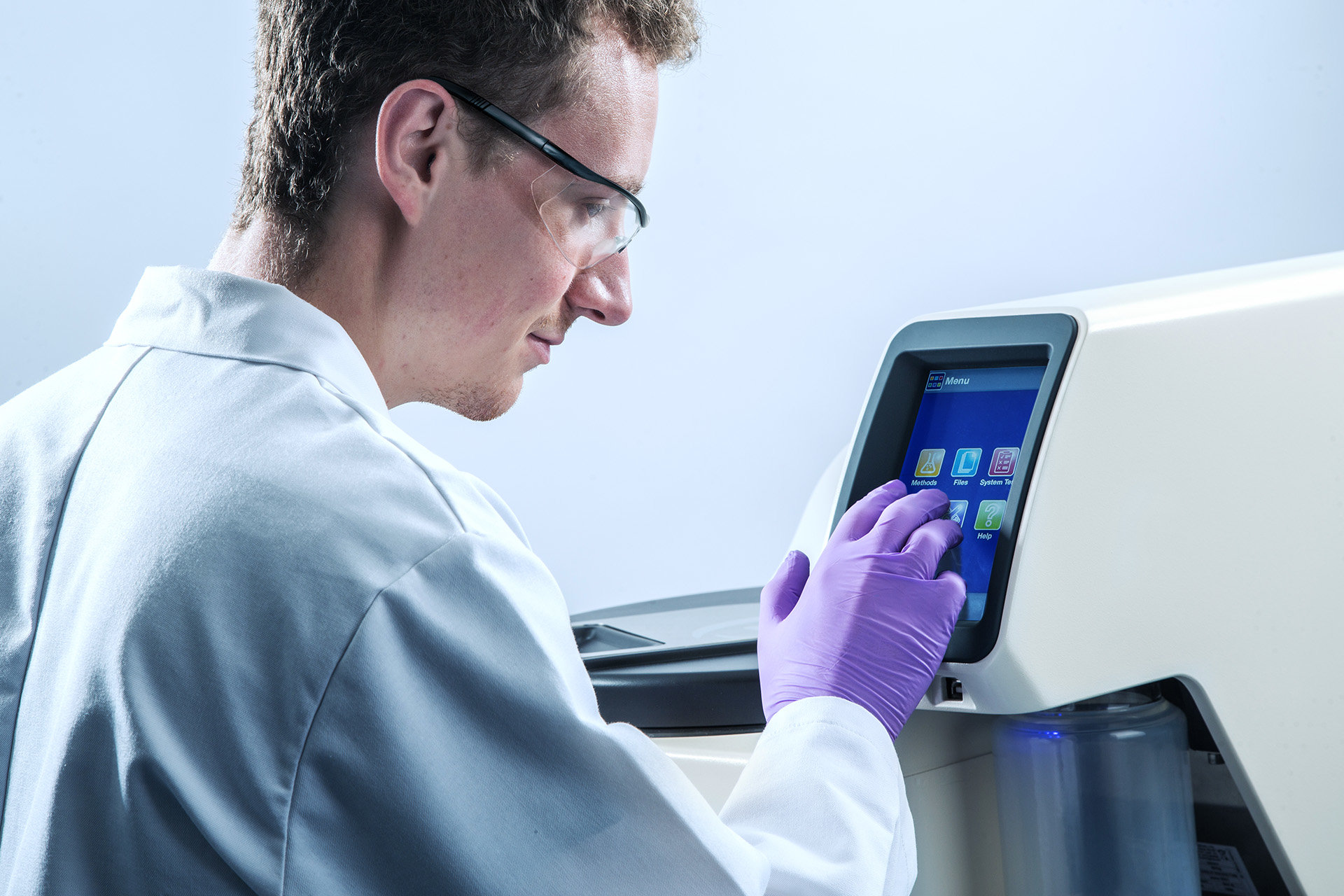By: SP Genevac
What’s it Worth?
Did you ever calculate the value of the samples you put through your evaporator? In many cases, the value of a month’s throughput is more than the value of the instrument itself. We’re not talking about the value added by the evaporation step, but all the value added up to now in getting the samples this far.
Why is this figure important? Because if your evaporation step were to damage your samples, and you had to remake them, this is how much money you would be throwing away.
Now, there’s no reason why you should do anything to damage samples in your evaporator, provided you use it correctly. The point we’re making, though, is that your primary focus must be to get your samples through the process intact, and uncompromised.
Getting them dry fast should be the second, not the first, priority.
Here we’ll be dealing with the various aspects of sample protection, and the things to watch out for.
What could go wrong?
There are four main ways in which a sample could be damaged in a centrifugal evaporator if the correct precautions are not taken:
- Overheating
- Cross contamination
- UV damage caused by heat lamps
- Unintended evaporation of the actual compound
You might add “over drying” but in fact this is rarely a source of actual damage, it simply makes re-dissolving the solid more difficult afterwards.
We’ll deal with each of these problems in turn.
Preventing exposure to damaging Ultra Violet Light
This is the simplest of all to deal with, so we’ll cover it first.
There are three ways to prevent UV exposure in a Genevac system.
The first and least helpful is not to use the Coolheat™ lamps at all. This extends runtimes hugely, however, and so is definitely not recommended.
The next is to use “shrouded” sample swings. Thus, your samples are enclosed in a light tight box. The fact that the samples are sheltered from the air currents inside the chamber means that drying is up to 10% slower. Though these swings are available, this approach is also not really recommended as there is a far better way (see below).
“Cool Heat Shades”
If your compounds are (or might be) sensitive to UV, Genevac have a couple of window options for preventing the UV portion of the light from the Coolheat™ lamps from ever reaching your sample.
The standard window glass placed between the Coolheat™ lamps and the chamber will block out all frequencies up to 330nm (*)
Then if this is not good enough there is an optional special glass, which blocks out frequencies up to 550nm (*).
This special glass may be retrofitted to existing systems or ordered with a new system.
(*) Independent test data, not manufacturer’s figures.
Tests carried out by the National Physical Laboratories, in the UK.
Prevent Overheating of Samples
In many cases, users prefer not to heat their compounds above 40-45 oC. Yet for rapid drying the system must feed a lot of heat into the samples while the solvent is being removed. Most modern evaporators (including Genevacs) do this using infrared lamps.
When the sample dries, there is no longer a flow of heat out of the sample, but if the lamps are still on, heat is still flowing in. This can cause the sample temperature to rise far above safe temperatures.
Happily, Genevac’s SampleGuard™ system protects against that. Heat is applied only as much as is safe, by controlling the sample holder at the chosen maximum temperature.
On systems without SampleGuard™, the only safe way to use the heat lamps is to turn them off well before the samples are dry, so that heat is never applied in an uncontrolled fashion to samples which have no solvent present. This has two significant drawbacks.
- You need to already know the likely “with lamps” runtime before you can adopt this approach safely, which will mean “practising” on a dummy solution containing no valuable compounds
- Once the lamps are turned off, the final part of the run happens slowly. Extremely slowly if the solvent is a high boiling point solvent such as DMSO.
Additionally the temperature control system allows newer Genevac systems to automatically determine the end of the drying run and hence to stop when samples are dry.
All Genevac systems have temperature control.
If you would like to know more about Genevac’s sample guard system, or if you would like some additional training/advice on using it, please contact your Genevac sales rep or email applications@genevac.com .









